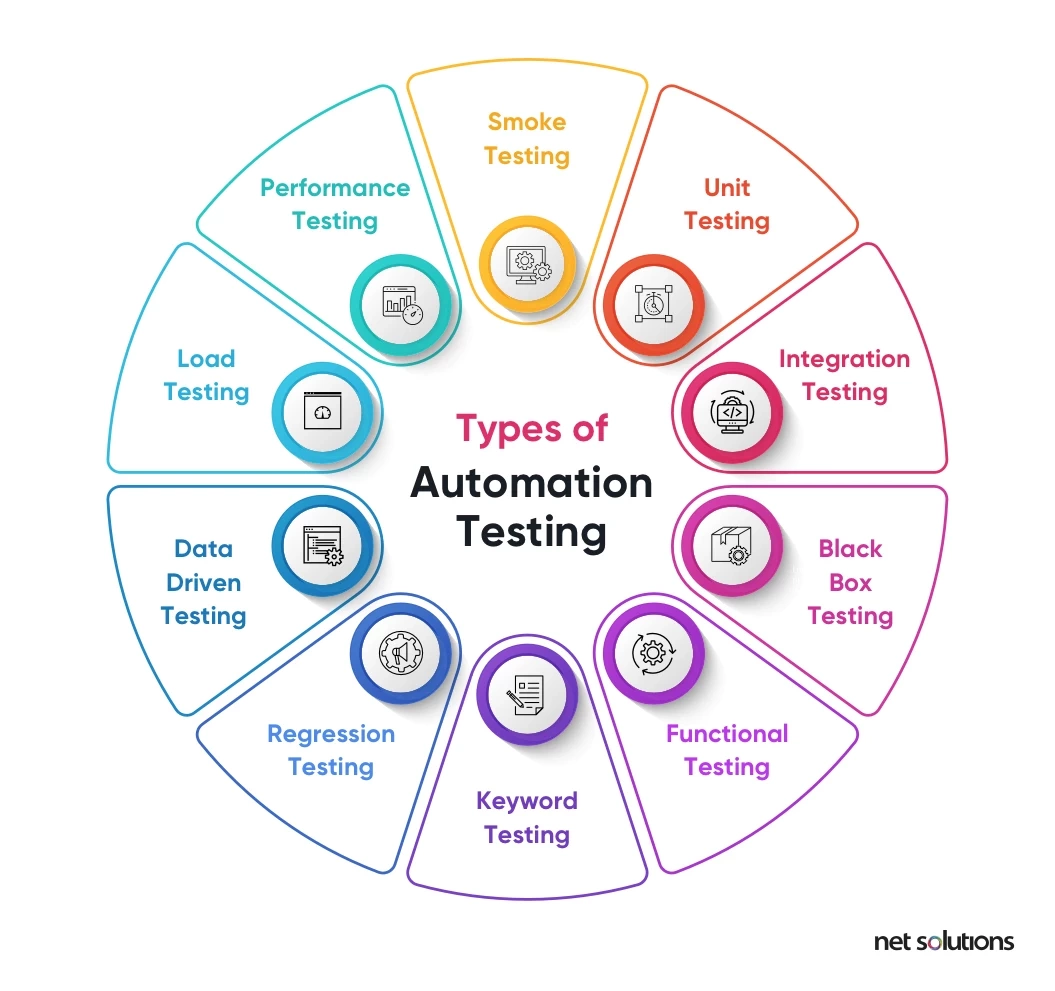From Manual to Automated Testing: A Comprehensive Overview to Transitioning Efficiently and Properly
In the world of software testing, the shift from guidebook to automated procedures has actually come to be a significantly crucial shift for organizations seeking to improve efficiency and accuracy in their screening techniques. As innovation remains to advancement, the need for smooth and reliable automatic testing methods has actually never ever been much more pressing. The journey from guidebook to automated screening is not without its difficulties, but when come close to tactically and with a clear plan in mind, the advantages can be considerable - automation testing. In this extensive guide, we will certainly check out key steps and factors to consider crucial for an effective transition, from the first choice of devices to the combination of automation into existing operations. Remain tuned to discover the understandings that will help lead the way for a smoother and more efficient testing procedure.
Benefits of Automated Testing
Automated testing offers numerous advantages, boosting performance and accuracy in software application growth processes. One key advantage is the significant decrease in testing time. Automated tests can be run at the same time on several tools and operating systems, considerably quickening the testing stage contrasted to hand-operated screening. This increased efficiency enables for faster responses on the quality of the software program, enabling designers to determine and resolve concerns quickly.
Moreover, automated screening makes sure a higher level of precision in finding problems. Uniformity in screening is also boosted, as automated tests execute the very same steps specifically each time they are run.
Picking the Right Tools

First of all, evaluate your requirements and objectives. Recognize the scope of your job, the technologies involved, and the ability of your team. This analysis will certainly aid you figure out the abilities and features you call for in your screening tools.
Secondly, take into consideration the compatibility of the devices with your existing procedures and systems. Smooth combination with your present software advancement lifecycle is important to guarantee a smooth change to automation.
Furthermore, assess the scalability and adaptability of the devices. As your screening needs evolve, the devices should have the ability to adapt and suit modifications effectively.
Last but not least, consider the assistance and area around the tools. Robust support and an energetic individual area can supply valuable sources and assistance when carrying out automated testing. By very carefully considering these facets, you can select the right devices that align with your demands and established the stage for an effective change to automated testing.
Writing Efficient Examination Manuscripts

When crafting examination scripts, it is necessary to think about the specific demands of the software being tested and make sure that the scripts attend to all critical performances. Descriptive and clear calling conventions for test scripts and examination this page cases can improve readability and maintainability. In addition, incorporating mistake handling mechanisms within the test manuscripts can help in determining and resolving issues quickly.
In addition, organizing test scripts right into modular parts can improve reusability and scalability, reducing redundancy and improving effectiveness in examination manuscript maintenance. Routine evaluations and updates to examine manuscripts are essential to keep speed with advancing software requirements and performances. By adhering to these concepts, testers can create robust and effective test scripts that contribute substantially to the success of automated screening procedures.
Integrating Automation Into Workflows
Reliable assimilation of automation tools into existing process improves and enhances procedures efficiency within software application advancement cycles. When integrating automation into process, it is vital to recognize repetitive tasks that can be automated to save time and decrease human error. By perfectly integrating automated testing devices like Selenium or Appium right into the software application advancement lifecycle, teams can achieve faster responses on code adjustments, bring about quicker pest discovery and resolution. This combination enables for continuous screening throughout the growth process, guaranteeing that any concerns are determined early, resulting in greater software program top quality. Furthermore, automation can be used to trigger examinations immediately after each code commit, giving instant validation and maximizing testers to concentrate on even more complicated scenarios. Correct assimilation of automation devices requires cooperation between development, screening, and operations groups to establish a unified operations that enhances performance and efficiency in providing high-quality software.
Guaranteeing a Smooth Change
Effectively transitioning to automated testing involves thorough preparation and careful execution to make the most of and lessen interruptions performance in the software development process - automation testing. To guarantee a smooth shift, it is necessary to begin by performing an extensive evaluation of the present testing processes and determining areas where automation can bring the most substantial advantages. Involving with all stakeholders early in the procedure, consisting of designers, testers, and job managers, is important for gathering support and buy-in for the automation initiative
Communication is key throughout this change phase. Clear communication of the goals, advantages, and expectations of automated testing helps to take care of any kind of resistance or worries that might occur. Additionally, providing adequate training and sources for employee to upskill in automation devices and methods is vital for ensuring an effective shift.

Final Thought
In verdict, transitioning from guidebook to automated testing provides many advantages, consisting of boosted performance and integrity. By picking the proper devices, composing efficient test scripts, and integrating automation perfectly into workflows, organizations can ensure a effective and smooth change. It is necessary to accept automation as an important asset in software application testing processes to boost total high Full Report quality and efficiency.
In the realm of software screening, the change from handbook to automated processes has come to be a significantly crucial shift for organizations looking for to improve effectiveness and precision in their screening methods. Automated examinations can be run simultaneously on several tools and running systems, drastically speeding up the screening stage compared to manual screening. Consistency in screening is likewise improved, as automated tests implement the same actions specifically each time they are run.To make sure the successful application of selected screening tools, the creation of reliable test manuscripts plays a critical function in validating the capability and performance of automated procedures - automation testing. By following these concepts, testers can create efficient and robust examination scripts that add considerably to the success of automated screening processes